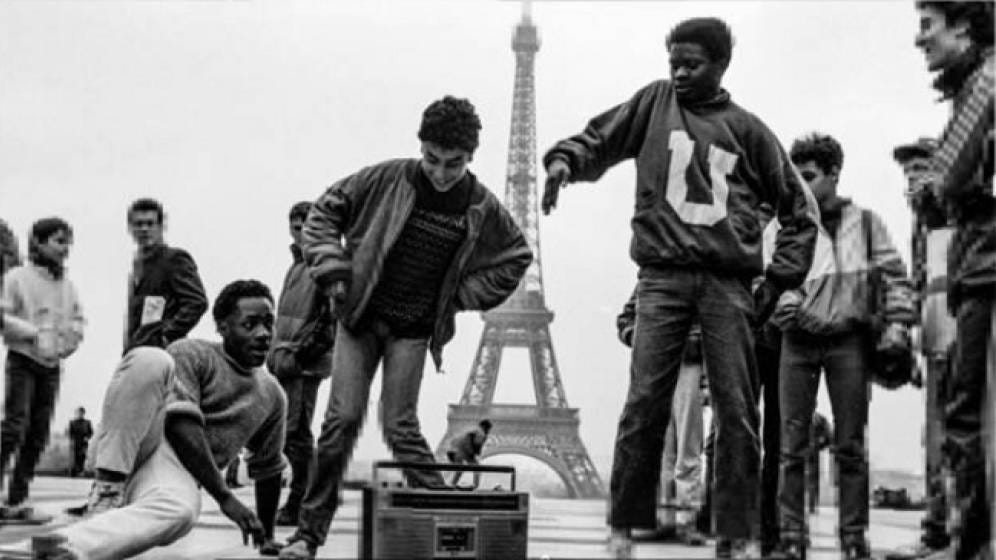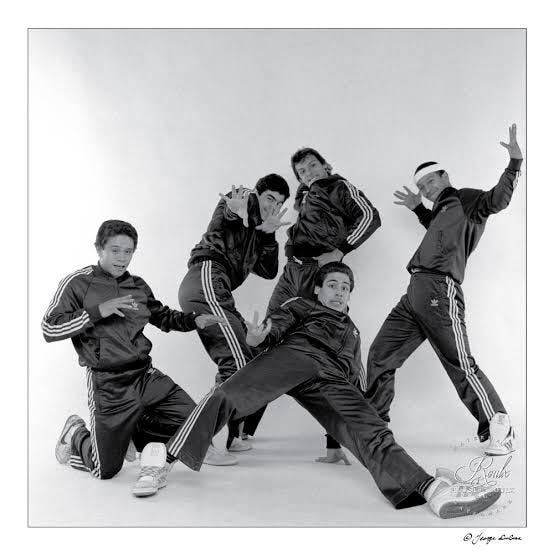The Rise of French Hip Hop: How H.I.P H.O.P and Sidney Shaped a Generation
Tracing the impact of a groundbreaking TV show that ignited a cultural movement in France
In 1984, France made history with H.I.P H.O.P, the world’s first TV show dedicated to hip hop, hosted by Sidney, the first Black presenter on French television. This government-backed program not only introduced the French public to hip hop but also laid the foundation for a thriving rap scene. Artists like IAM, MC Solaar, and Booba credit H.I.P H.O.P as a cultural spark that influenced their careers and shaped the French hip hop movement for decades. Read on to discover how this short-lived show became a catalyst for a generation.
H.I.P H.O.P and Its Legacy
H.I.P H.O.P (pronounced "ash-ee-pay ash-oh-pay" in French, which threw me at first) introduced rap culture to French audiences on a national broadcast station. This government-backed show laid the foundation for a thriving scene, shaping the entire movement in France.
But also, it was fun and educational, reminding me of U.S. shows like American Bandstand and Soul Train. H.I.P H.O.P wasn’t just entertainment—it introduced a whole generation to the elements of hip hop culture. Sidney was an evangelist for the form.
The show was a cultural platform, mixing local talent like the Paris City Breakers and the New York City breakers with international stars. Sidney introduced breakdancing, DJing, MCing, graffiti, and special guests, including Afrika Bambaataa, Herbie Hancock, and many others who were important to the movement then or would later become more influential.
Airing every Sunday at 2:20 PM, just before Starsky and Hutch, the show attracted strong audiences but was cancelled after 43 episodes.
The Parallel Journeys of Hip Hop and Jazz
Emerging from the Bronx in the late 1970s, hip hop in the US was often negatively linked to urban poverty, crime, and violence in media and politics. Breakdancing and graffiti were criminalized, with anti-graffiti campaigns aiming to eliminate street art. In France, by comparison, there were programs to teach these.
There are striking parallels between the jazz and hip hop movements. Despite a lack of institutional support in the U.S., hip hop, like jazz, grew organically through the resilience and creativity of marginalized Black and Latino communities, becoming a mainstream force through grassroots efforts and the commercial music industry.
Both genres originated in Black American communities and were first associated by authorities with "rebellion," negatively viewed and even policed. Despite this, they grew into powerful cultural forces, with jazz becoming a symbol of modernity and artistic freedom, while hip hop emerged as a voice for communities, confronting social and political issues through music and art.
In the 1920s and 1930s, France embraced jazz. Many American jazz musicians, facing racial discrimination at home, found fame and open stages there.
Hip Hop, Racism, and the Rise of French Rap
France has its own complicated history of racism, a theme explored by many hip hop artists here. Rappers like Suprême NTM, Assassin, and IAM use their music to confront issues of discrimination, inequality, and the struggles faced by immigrants and people of African and North African descent in the banlieues (suburbs). Despite France's openness to foreign artists, systemic racism continues to be a reality, and addressing it remains central to French hip hop.
MC Solaar, IAM, Suprême NTM, and Oxmo Puccino and many other well-known artists have said that they were all heavily inspired by the show. They all emerged in the early 1990s which, the way I see it, is probably just enough time for a young kid watching the show in 1984 to grow to adulthood and develop an individual artistic style. Starting with those foundations, they became some of the first to truly create a unique French style of rap.
It’s rare to trace the influence of so many prominent artists back to one experience, but H.I.P. H.O.P and Sidney’s did just that. The show ignited a movement that shaped French hip hop for decades. This short-lived laid the groundwork for a thriving scene, inspiring key figures like IAM, MC Solaar, and Suprême NTM to develop their own distinct styles while remaining deeply rooted in the culture Sidney helped introduce to France.
If you're enjoying these deep dives into hip hop and the lesser-known cultural experiences of France, subscribe to my Substack! You'll get exclusive insights into the nuances of French life beyond the clichés, along with interviews, community chats, and stories covering history, music, and more. Join the conversation, connect with fellow readers, and support the journey—click subscribe and stay connected!






I remember my friends at school trying to replicate the dance movements they saw on TV on that show. I never made the connection between it and the thriving French rap culture, but it makes total sense. Thanks for unearthing this gem!